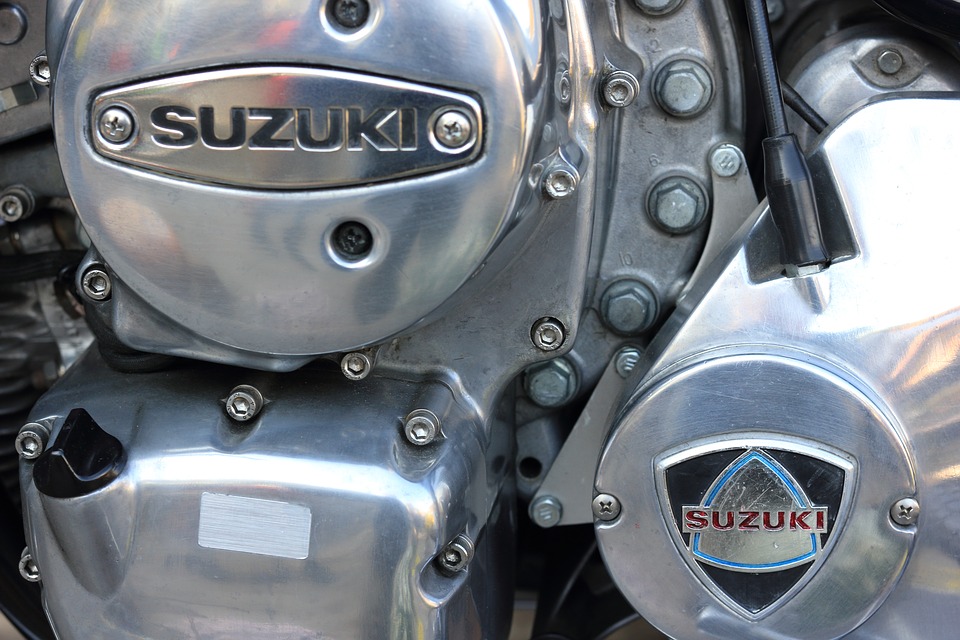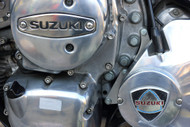Piston vs Rotary Engine: What's the Difference?
16th Aug 2019

Piston Engines Versus Rotary
It's a common assumption that all vehicles use a traditional piston engine. In the United States, as well as many other countries, piston engines are the most common. Some vehicles, however, use a different type of engine known as a rotary engine. To an unsuspecting driver, piston engines and rotary engines may look the same, but this isn't necessarily true. There are some key differences between them that you should know.
What Is a Piston Engine?
Also known as a reciprocating engine, a piston engine is a traditional automotive engine that uses reciprocating pistons to create a rotating motion. The pistons are connected to a cylinder where gas and air is burned. When the mixture of gas and air burns, it creates pressure that pushes the respective piston, thus rotating the crankshaft and moving the vehicle.
Piston engines are by far the most common type of automotive engine -- and they are even used in many airplanes. Nearly all major automakers use piston engines in some or all of their vehicles.
What Is a Rotary Engine?
Also known as a wankel engine, a rotary engine is a less-common type of automotive engine that's characterized by the use of an odd number of cylinders in a radial layout. They are generally smaller, lighter and more compact than their piston engine counterparts,. They are called "rotary engines" because all their parts rotate. In comparison, piston engines have reciprocating pistons that move up and down in the cylinders.
With that said, rotary engines have some major caveats that you shouldn't be overlooked. For starters, rotary engines suffer from poor fuel economy. They consume more fuel while generating less horsepower than piston engines. And because they are prone to leakage, rotary engines also produce more emissions than piston engines.
On the other hand, rotary engines have fewer moving parts. It's not uncommon for a rotary engine to have just three primary moving parts, whereas a piston engine may have dozens of moving parts. With the presence of more moving parts, there's a greater risk of internal failure with piston engines.
In Conclusion
Vehicles today typically feature either a piston engine or a rotary engine. Piston engines have up-and-down moving pistons that convert pressure into rotational motion, whereas rotary engines feature a radial layout with an odd number of cylinders. Hopefully, this gives you a better understanding of the nuances between piston engines and rotary engines.

